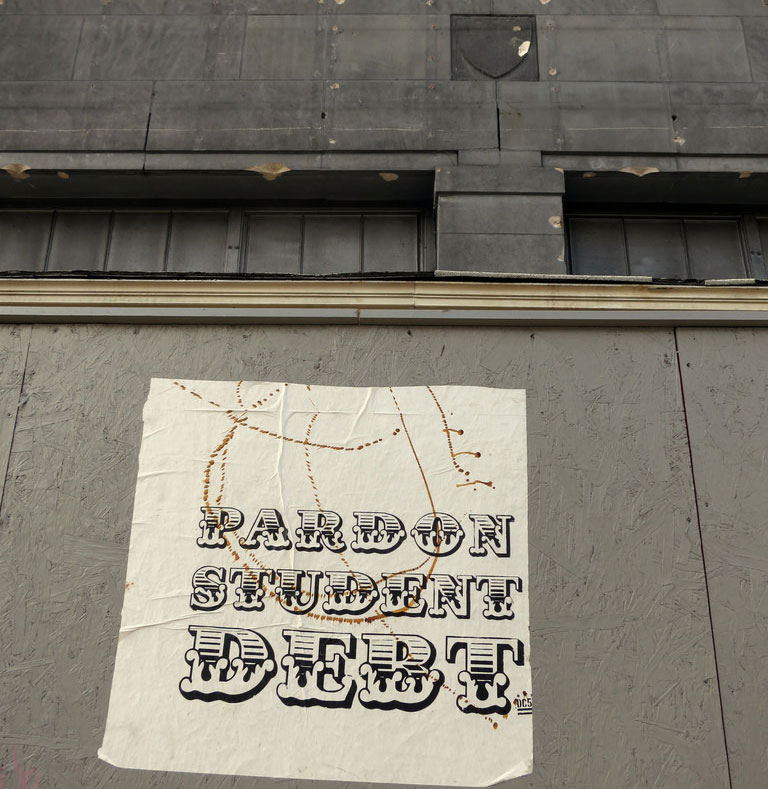
September 22, 2016; Inside Higher Ed
It’s no surprise that as the economy goes through a profound shift, driven partly by new uses of technology, higher education has come to an inflection point. But an article in Inside Higher Ed adds information that reemphasizes that the picture that’s emerging needs to be understood as a whole system and understood in a values framework. This, in other words, is a wicked problem.
The article points out that 35 percent of first-time college students were part of what a new report refers to as the “multidirectional transfer swirl,” transferring from one institution to another throughout their college careers. As the number of students who fail to graduate and become unable to pay back their college loans continues to grow, perhaps it is time to explore whether college is the best investment for all.
Last week, the Commission on the Future of Undergraduate Education, a program of the American Academy of Arts and Science, released a report titled, “A Primer on the College Student Journey.” The study, funded by the Carnegie Corporation of New York at a cost of $2.2 million, began with the author’s list of “Top Ten Takeaways” on the undergraduate experience. These included the continued troubling effect of a person’s race and class on their chances of graduating from college and the escalation in the number of students who enroll in remedial courses during their college experience.
In the report, the Commission explored the increased number of students attending college. Overall, 68 percent of millennial students enrolled in college months after graduation from high school and almost ninety percent began their college experience within eight years from graduation. While more are attending, a much smaller number are graduating. Only 40 percent of students entering a four-year institution actually graduated within four years. The figure only improved to 60 percent if the amount of time in school increased to six years. Of the students graduating, less than half (48 percent) attain their bachelor’s degree. Of the remaining graduating students, 26 percent earned their associates degree and 25 percent earned certificates.
Sign up for our free newsletters
Subscribe to NPQ's newsletters to have our top stories delivered directly to your inbox.
By signing up, you agree to our privacy policy and terms of use, and to receive messages from NPQ and our partners.
The growth in both time attending and tuition has no doubt increased the amount of debt students carry upon graduation. While two-thirds of full-time students pay less than the full cost of tuition, the percentage of students with federal loans increased from around 50 percent to 60 percent between 2000 and 2012. The median loan balance of college graduates increased by almost 25 percent in that same period.
While students are graduating with higher amounts of debt, they are not the students with the greatest chance of defaulting on their loan obligations. Instead, students who fail to graduate and take on smaller amounts of debt are more likely to default. One-fifth of adults over 25 have attended college but did not attain a degree. Twenty-four percent of these students will eventually default on their loans.
Although 18- to 21-year-old dependent students working toward their bachelor’s degree are the stereotype, in 2013, almost a third of enrolled college students, or 5.5 million, were over the age of 25. (By 2014, according to the National Center for Educational Statistics, that number had risen to 41 percent, or 8.2 million.) Fifty-five percent of these students were enrolled part-time. Overall, 37 percent of all students study part-time.
As the amount of state funding of public colleges and universities continues to decrease, it is not surprising schools continue to look toward foreign students, who typically pay the full tuition price tag, to balance their budgets. The number of foreign students in U.S. colleges and universities has increased 67 percent since 2000. University of Michigan researchers found a ten percent decrease in state funding corresponded with a 12 percent increase in foreign student enrollment in public universities. China, Saudi Arabia, and South Korea sent the most foreign students to American universities.
The Commission expects the number of students graduating high school and attending college to remain flat at 3.3 million per year over the next decade to remain flat at 3.3 million over the next decade. Next summer, it plans on releasing a supplementary report exploring the future state of higher education.—Gayle Nelson











